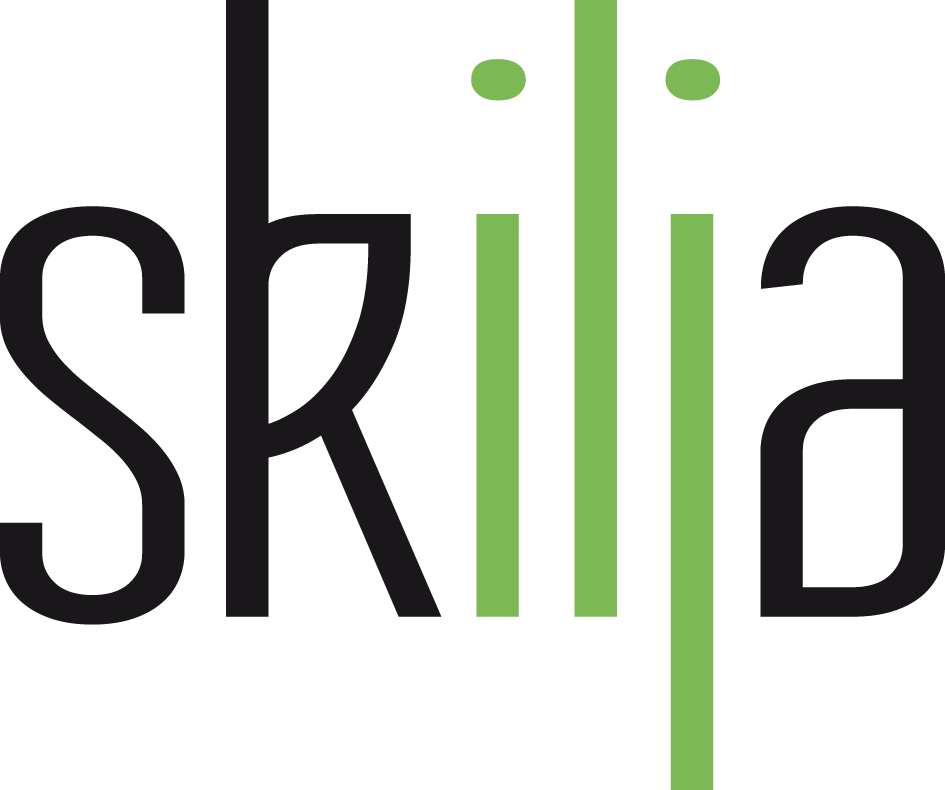Editor’s note: This is a guest post from Prof. Dr. Jürgen Lenerz from University of Cologne Statements are propositions which are true with respect to a certain possible world, the discourse world. We have already discussed the concept of the “world’” in a...

How to Create a Mind: Ray Kurzweil and Semantic
I have super great respect for Ray Kurzweil as an inventor. After all his inventions are the basis of work. He built the first scanner, invented OCR and contributed a lot to artificial intelligence. But in his philosophical and scientific writing he sometimes...
Generic and specific classification
In principle it is possible to train enough representative samples to create a classification scheme that is totally generic for a specific purpose. This is what humans do all the time. Reading a text and correctly classifying it manually into a given...
What is the world?
Editor’s note: This is a guest post from Prof. Dr. Jürgen Lenerz from University of Cologne When asked what we talk about, we would possibly say that we talk about “the world”. But what is the world? Perhaps we would say that the world somehow exists outside...
Classification methods
Classification tries to mimic human understanding. Several methods have been developed in the past to achieve what we as humans can do almost effortless. These methods can be divided into two groups. Rule based classification Rule based systems are...
New Artificial Intelligence – NAI
Editor’s note: This is a guest post from Süleyman Arayan, Founder & CEO of German ITyX Group Recently Science has made an enormous progress in the field of processing naturally linguistic texts. Thus a new generation of artificial intelligence achieves recognition...
Taxonomy and Hierarchies
Classification can be defined as modeling real objects via a simplified mathematical representation consisting of a set of characteristic features. The goal of such a description is to collect objects, which are quite similar into one group. A big benefit of the...
What do we talk about?
Editor’s note: This is a guest post from Prof. Dr. Jürgen Lenerz from University of Cologne We, i.e. adult and sound human beings, are able to talk about everything we want to talk about. But what do we want to talk about? We want to talk about our thoughts...
Semantic Technologies for Document Understanding
Document understanding is about understanding text and determining its meaning and entities therein. For unstructured text the meaning of entities or even simple words very often is not clearly devisable and can be very ambiguous. Take a simple number in a text – this...
Visiting Enterprise Search Summit
Enterprise Search Summit (ESS2012) is a conference of business professionals in the field of professional search applications that takes place in May in New York. It was obvious from this year’s agenda that search technology need to go far beyond simply indexing...
Measuring Classification Quality
For an active production system, but also when the classification scheme is set up, it is very important to measure the quality of the classification. The goal is to create as few as possible errors in classification (also called false positives) as these can severely...
Faults and Tolerance
Humans have a remarkable capability to compensate for noisy signal and incomplete information. We are able to distinguish and recognize relevant information even when the signal to noise ratio is extremely low. Missing data is reconstructed from context knowledge or...
Structured and Unstructured – what is this?
When you have been involved in plans or projects for automated document processing you have for sure been exposed to the distinction between structured and unstructured information. And you might have gathered an understanding what this means. But what does it really...
Classification of – Chairs
If you have followed my presentations in the past you know that document classification closely corresponds to concept creation of the human mind. The concepts represent classes of real life objects. We are able to recognize concepts and group objects and group them...
Document Understanding Primer
For a long time document understanding has been a research topic in computer sciences. We have seen conferences discussing concepts and approaches to use computers and machine learning for understanding documents. Quite often this topic appears also in proceedings on...
Learning the wrong things
Now this is a good example about the dangers of self learning. Many document understanding systems are using supervised learning as a method to teach their statistical algorithms. Normally this is done by supervisors with carefully selected sample documents. But more...
The Baby Computer
One of my fundamental beliefs is that software needs to be self adaptive to user behavior – or „learning“ to be able to mimic complex business processes that each of us is able to execute on a daily basis. For a long time we have seen that rules based systems go a...
